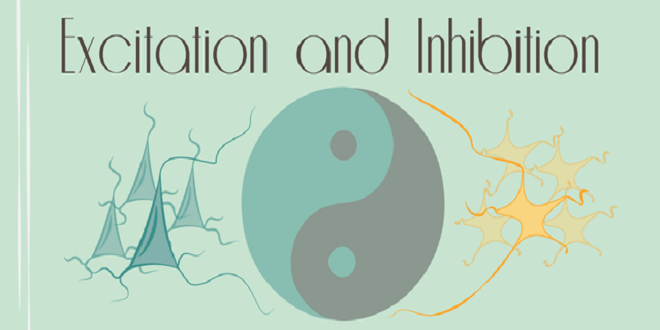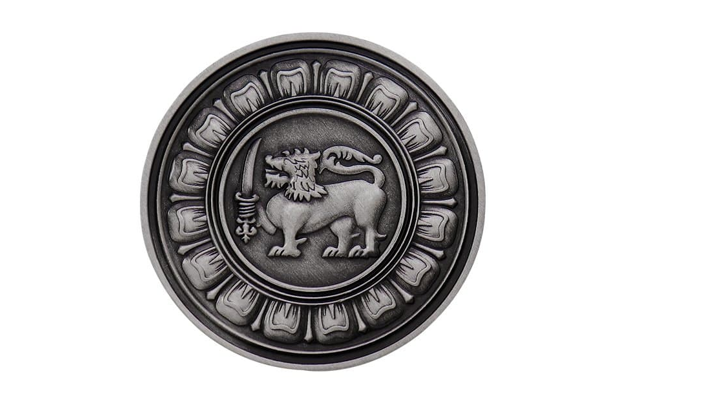The Yin and Yang Neurotransmitters

Ancient Chinese philosophy describes life in terms of the inhibitory (yin) and the excitatory (yang) coexisting in perfect harmony. Without knowing it, these ancient philosophers seem to have stumbled upon a rudimentary description of our two most fundamental neurotransmitters thousands of years prior to the invention of the scientific method!
GABA is the chief inhibitory neurotransmitter in the brain, used in 30 to 40 percent of synapses brain-wide. Associated with a calming effect that has been dubbed “nature’s Valium,” it works to counter-balance glutamate, the brain’s chief excitatory neurotransmitter—the yang to GABA’s yin. GABA and glutamate make up the brain’s most plentiful neurotransmitters and are involved in the regulation of vigilance, anxiety, muscle tension, and memory functions
Glutamate
Used by more than half of all neurons, glutamate is GABA’s precursor and increases the brain’s overall level of excitation. Glutamate is normally involved in learning, memory, and synaptogenesis (the creation of new connections between neurons).
GABA
GABA inhibits the brain’s overall level of excitation, and you’re probably already familiar with how it feels to modulate it. Anti-anxiety drugs enhance the effect of GABA, as does alcohol, and both simultaneously inhibit glutamate.
The problem is, these drugs are highly addictive and come with a host of consequences. The stimulating effects of caffeine on the other hand are owed to its ability to increase glutamate activity and inhibit GABA release. Anxiety, panic attacks, palpitations, and insomnia are all thought to manifest via dysfunction of the GABA system.
Optimizing Glutamate/GABA
One way of keeping this system functioning normally is to embody the glutamatergic/GABAergic balance in your own life, building in periods of deliberate excitation and inhibition. Intense exercise has been shown to promote balance, boosting both GABA and glutamate in the human brain
The Learning and Memory Neurotransmitter
Low levels of acetylcholine are associated with Alzheimer’s disease, where acetylcholine-producing neurons become damaged. In fact, the second of the two major classes of drugs currently used to treat Alzheimer’s disease and other dementias works to increase acetylcholine availability in the brain by preventing its enzymatic breakdown at the synapse
Optimizing Acetylcholine
One way to ensure optimal acetylcholine function is to avoid a broad class of very common “anticholinergic” drugs. Many of these drugs are widely used and available over the counter, used to treat everything from allergies to insomnia
These drugs, as the word suggests, block the neurotransmitter acetylcholine, and continuous use can cause cognitive problems in as little as sixty days. 11 But even occasional use of a strong anticholinergic can cause acute toxicity. The symptoms are often remembered by med school students with the mnemonic “Blind as a bat (dilated pupils), red as a beet (flushing), hot as a hare (fever), dry as a bone (dry skin), mad as a hatter (confusion and short-term memory loss), bloated as a toad (urinary retention), and the heart runs alone (rapid heartbeat)





